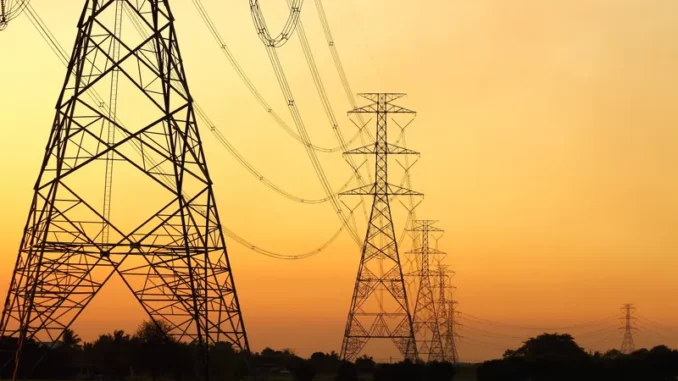
This summer, North Texas had a stretch of 21 straight days with high temperatures of 100 degrees or higher. The area has also had 20 days at or above 105 degrees. Despite the heat, ERCOT has not ordered an “Energy Emergency Alert.”
ERCOT, the Electric Reliability Council of Texas, has issued several “Voluntary Conservation Notices,” urging individuals to take steps to reduce power use and asking local governments to implement programs to cut usage. If usage keeps moving closer to total capacity, ERCOT moves to the Energy Emergency Alert, and the final stage is rolling blackouts.
“On the one hand, the more times there are these alerts and requests by ERCOT to conserve energy, people may become numb,” said Tom Seng, an assistant professor of professional practice at the TCU Energy Institute. “I would hope it’s almost the other way: habitually, this is what’s good for the entire state and the entire grid.”
Prolonged stretches of triple-digit heat can sap Texans’ energy, but Seng said hot weather and drought can also make power plants less efficient.
“Gas turbines, for instance, you use water to cool those things. The water temperature in the reservoirs at these nuclear plants, gas-fired plants, and coal plants, that rises, too, so your cooling efficiency is impacted,” he said. “Then you have metal acting differently in higher temperatures, so every single day we’re in these triple digits, you’re going to have some little things that will happen that hurt the efficiency of power generation and transmission throughout the entire state.”
Seng said demand would increase quickly during periods of extreme heat or cold, but he said demand would also continue to increase gradually as a result of the state’s population growth and increased use of electronic devices and cars.
“Think about that increase in power demand from one year to the next,” he said. “How many things do we plug in and charge overnight that we didn’t have five or 10 years ago?”
He said ERCOT would likely meet with the Public Utility Commission and power generators at the end of the summer to see where they succeeded and what they might change in the future.
“Texas is the number one generator of wind power. When you have a resource like that, not to mention these huge solar farms, you’re going to have to be able to manage the grid with that intermittency, and the solution is going to be large-scale battery storage,” Seng said.
Wednesday afternoon, solar and wind power accounted for about 30% of power generation in Texas. Solar will drop off at night, and wind may stop blowing at other times, but Seng said increased battery storage could make those options more consistent.
“I think that’s what’s exciting, too. We are an extremely advanced, technological society,” Seng said. “There are things out there being researched that will move us light years ahead.”



